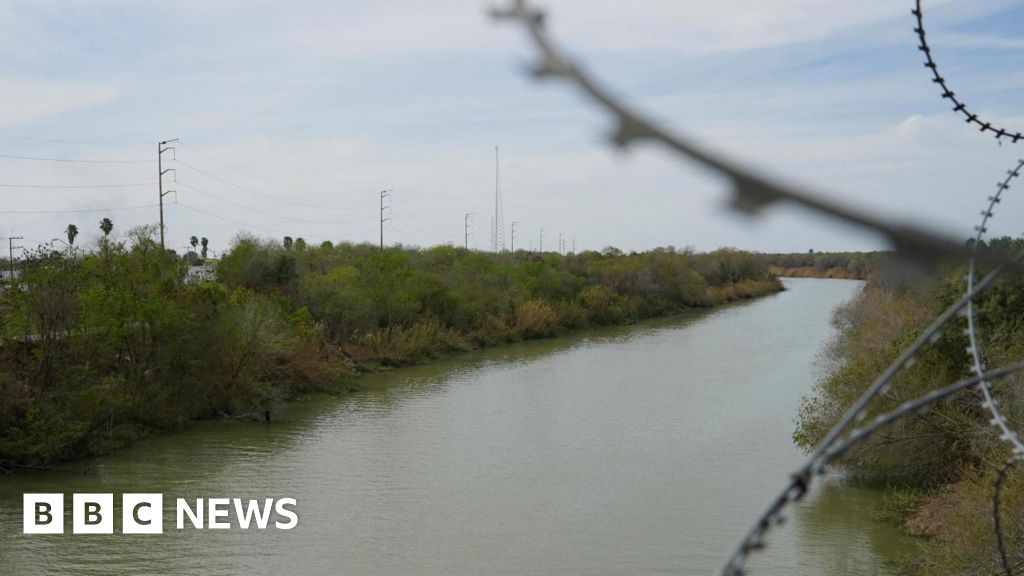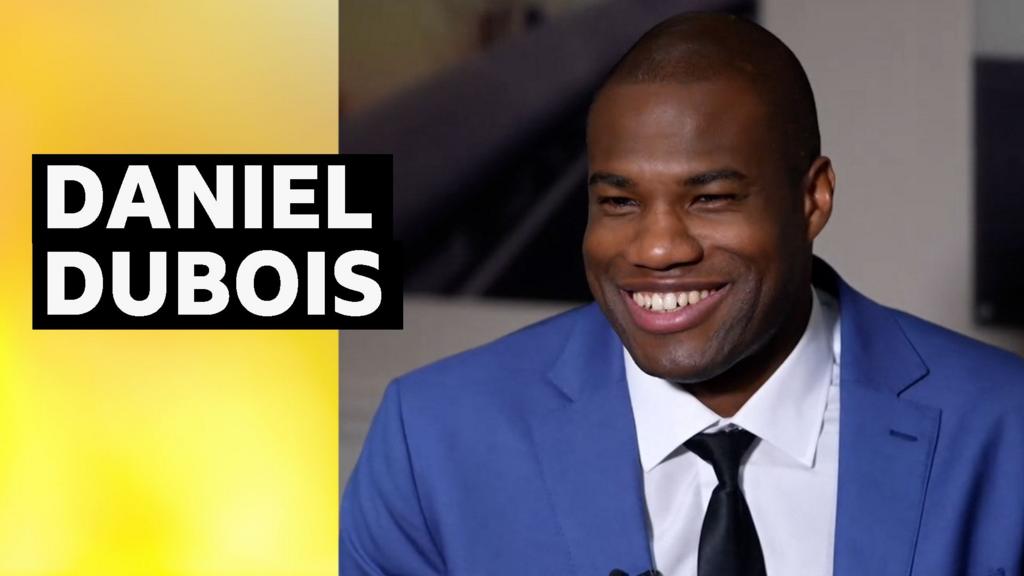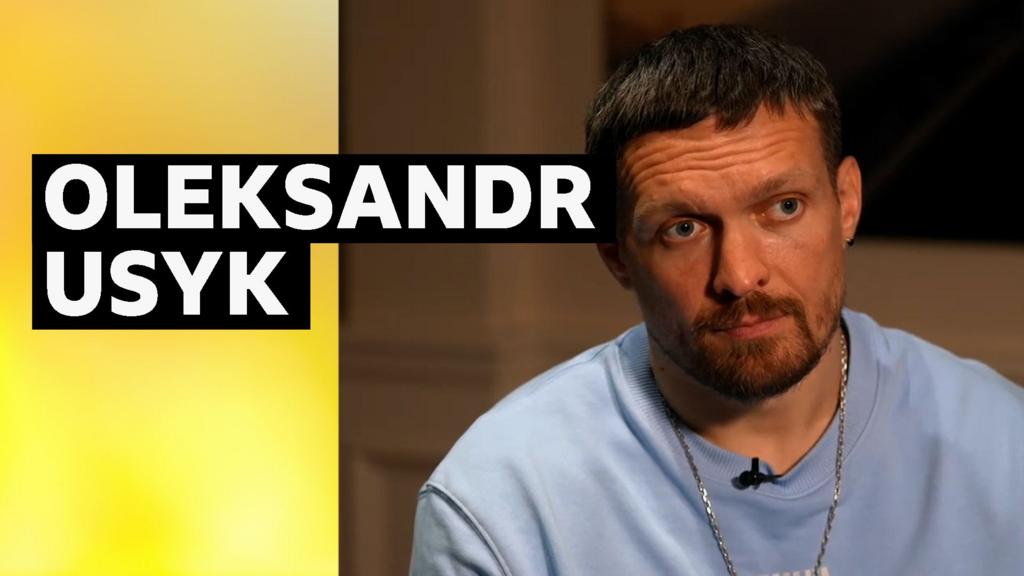We don’t need to defund education

Every four years, the National Assessment for Educational Progress (NAEP) provides a snapshot of how students across the country are performing in math and English. It doesn’t tell us about individual students; instead, it gives us information about how well our public schools are preparing students. The 2024 results showed that 28% of 8th graders were proficient in mathematics (on grade level), and 30% were proficient in reading. In both, the average scores and proficiency rates are still below 2019 rates.
One explanation for this dismal reality? Public schools simply aren’t capable of delivering results for students. But look closely at historical trends in NAEP Reading results from Mississippi. In 1998, only 18% of the state’s 4th graders were at least proficient in reading, relative to 29% across the nation. By 2024, Mississippi was beating the nation, with 32% of their 4th graders at proficient or advanced proficiency in reading compared to 30% nationally. Why? They will tell you they invested heavily in evidence-based approaches and programs for teaching reading—the “science of reading.”
Unfortunately our states and districts often don’t have a supply of effective, useful and usable products and solutions to choose from. What’s broken is not our schools; it’s the lack of investment in education research and innovation that develops and delivers better solutions to them. If we care about education, we must invest in education R&D like we do in other sectors vital to our nation’s well-being.
Let’s start by dispelling the myth that we don’t know how to help young people learn. In fact, we have decades of science from fields like psychology and neuroscience telling us a lot about how children learn and how learning progresses within fields like math or reading. The science of learning and human development tells us about the many factors that shape a student’s ability to learn, from their motivation and interests to environmental forces around them.
The real problem
The problem is that we don’t have a coherent system for translating basic scientific research in education fields into research and development. We lack a clear system for innovating new solutions and scaling them for sustained outcomes. Education R&D funding in the U.S. has historically been a tiny fraction of R&D funding compared to defense, health, energy, and agriculture sectors.
Those other fields have structures that support and sustain such efforts. For instance, DARPA in the defense industry, or ARPA-E in energy define bold “what if?” questions and then catalyze funding so that researchers, builders, and industry collaborate toward future-oriented solutions. The Department of Education’s Institute for Education Sciences, prior to its effective dismantling by the current administration, historically funded basic research and program evaluation, but as a tiny (less than 1%) portion of the Department’s overall budget.
That program evaluation budget goes quickly when spread across the many entities that deliver products and services across 50 states. It results in lots of one-off studies of solutions versus a truly problem-driven approach, focusing and directing resources to finding the solution.
One problem with the solution-centric approach is that the solutions often originate from an education product marketplace that’s disconnected from the education research sector. Entrepreneurs and companies launch products, then gather data to see how they perform in classrooms. Imagine if a pharmaceutical company had its product teams (not researchers) develop a new drug, market it to a wide audience, then gathered data from “users” to see what happened. That’s the norm in education.
We also often fail to scale what works. Take the science of reading: That research—much of it federally funded—has been around for decades. It eventually took a few well-informed state leaders and a podcast to finally bring the science of reading to scale in products, practices, and state-level policies.
What real investment in education R&D looks like
There’s a better way. We can create structures that enable and encourage problem- and research-driven innovation, align policies to desired outcomes, and sustain these efforts through ample and reliable funding.
It’s long past time for an ARPA-Ed that builds on all we’ve learned from DARPA and other advanced research project agencies, adapted for the unique needs of K-12 education. At AERDF we have built such a model to demonstrate how actively managed R&D, done in close collaboration with educators and learners, can lead to breakthrough science and technology to power new solutions. An ARPA-Ed, or its equivalent, can build on this template.
Sustained, well-funded research and development in other fields has shaped how we live today. GPS technology, the internet, and the mRNA vaccine all came out of DARPA projects. They’ve changed the way we navigate, communicate, and protect ourselves from disease. What might similar investment in education R&D do to transform how people learn?
The aim is not to control where schools spend their money or what happens in classrooms. A strong education innovation system ensures that communities have a wide range of already-proven options to select, making the best choices for their students.
This is really about what our young people need in order to thrive. Every child deserves an opportunity to pursue their educational and career goals. Let’s make the necessary investments because when we succeed at educating every child, we create a prepared workforce, our next generation of leaders, and stronger communities.
It’s time to act
Education is essential infrastructure for our economy and our communities. Let’s approach it that way. This is not the time to dismantle and defund NSF and the Department of Education. And this isn’t just a call for more federal funding. Philanthropy and the private sector also must think differently if we are to catalyze capital systematically in the way fields like energy and health have done. Lastly, we need policies at the state and local level that hold the market accountable for the solutions delivered.
For the future we dream of, we need an education system that works—and that means investing like we mean it.
Auditi Chakravarty is CEO of The Advanced Education Research and Development Fund (AERDF).
What's Your Reaction?
 Like
0
Like
0
 Dislike
0
Dislike
0
 Love
0
Love
0
 Funny
0
Funny
0
 Angry
0
Angry
0
 Sad
0
Sad
0
 Wow
0
Wow
0





























































































